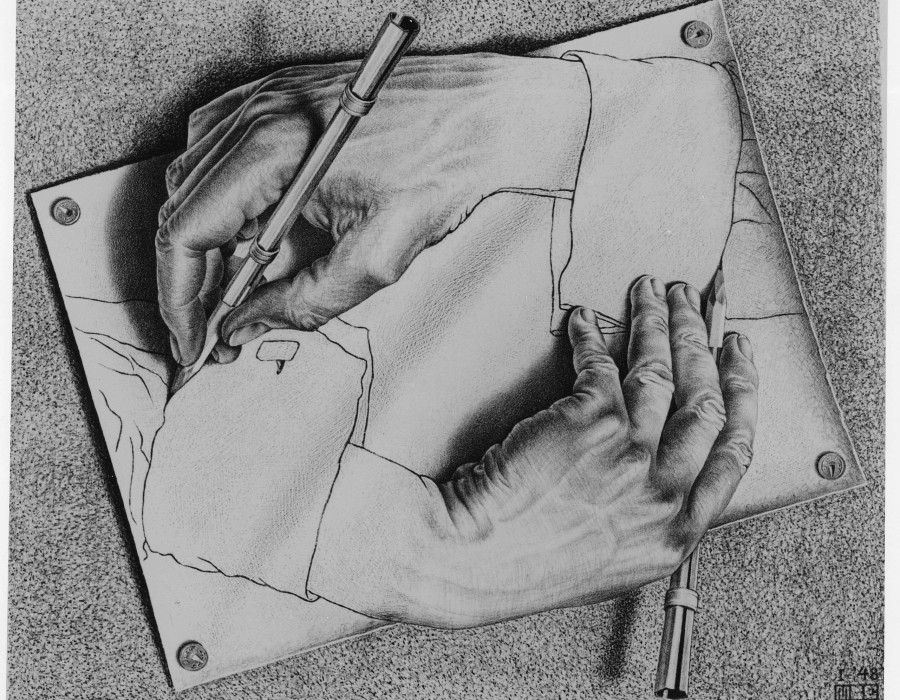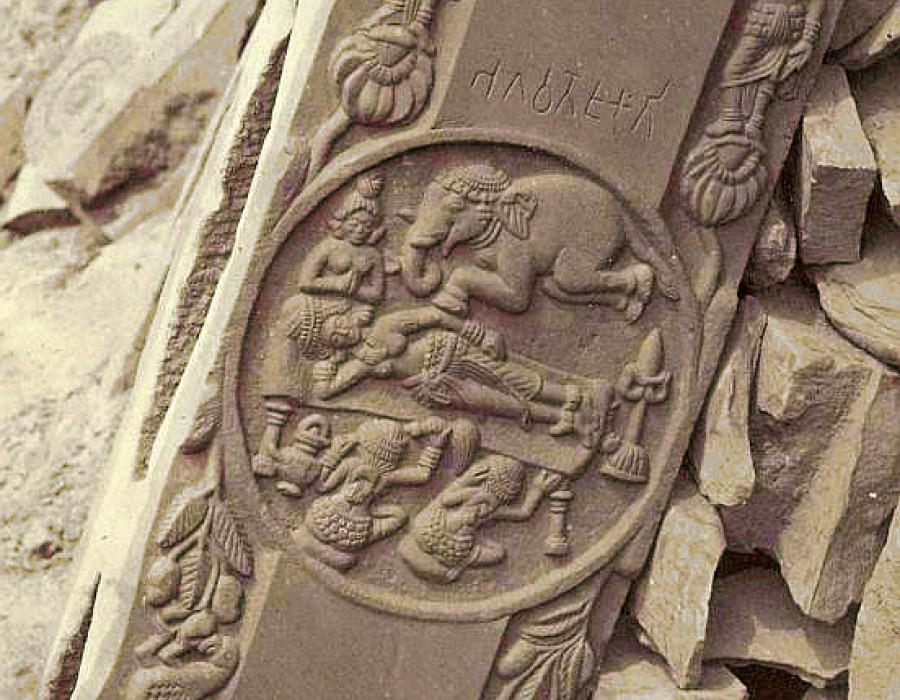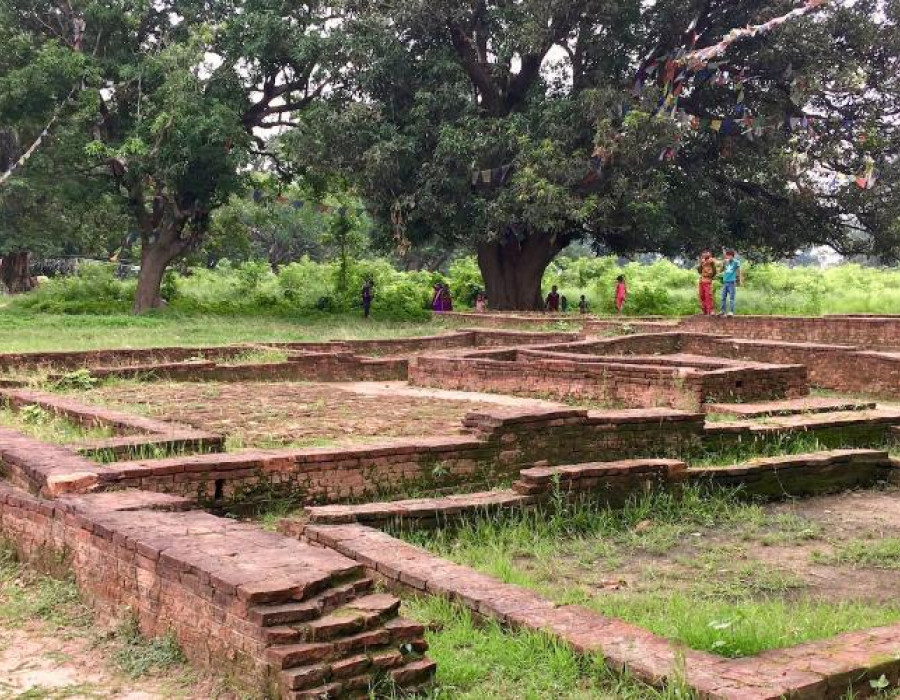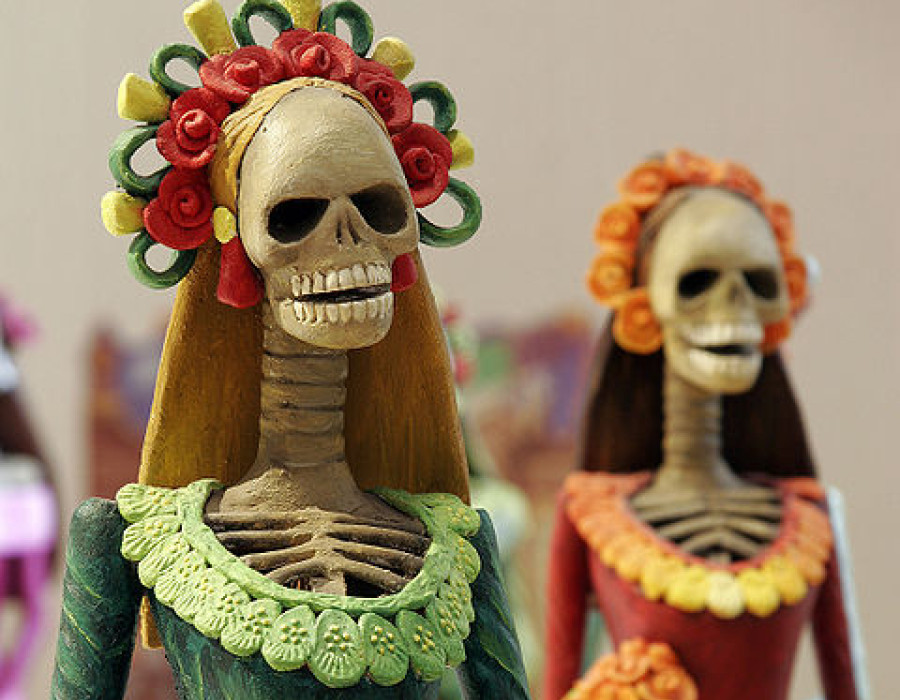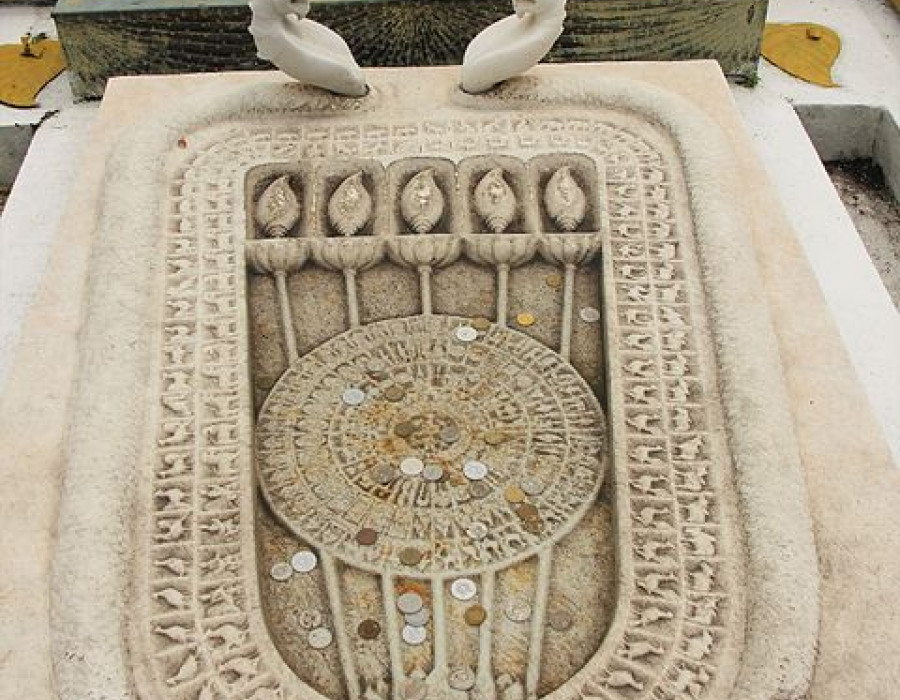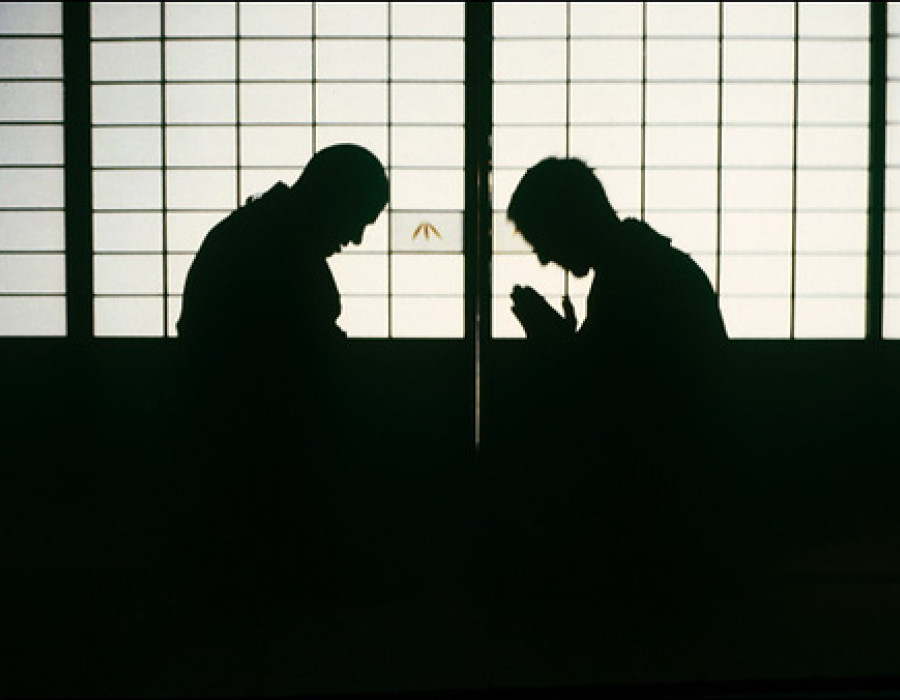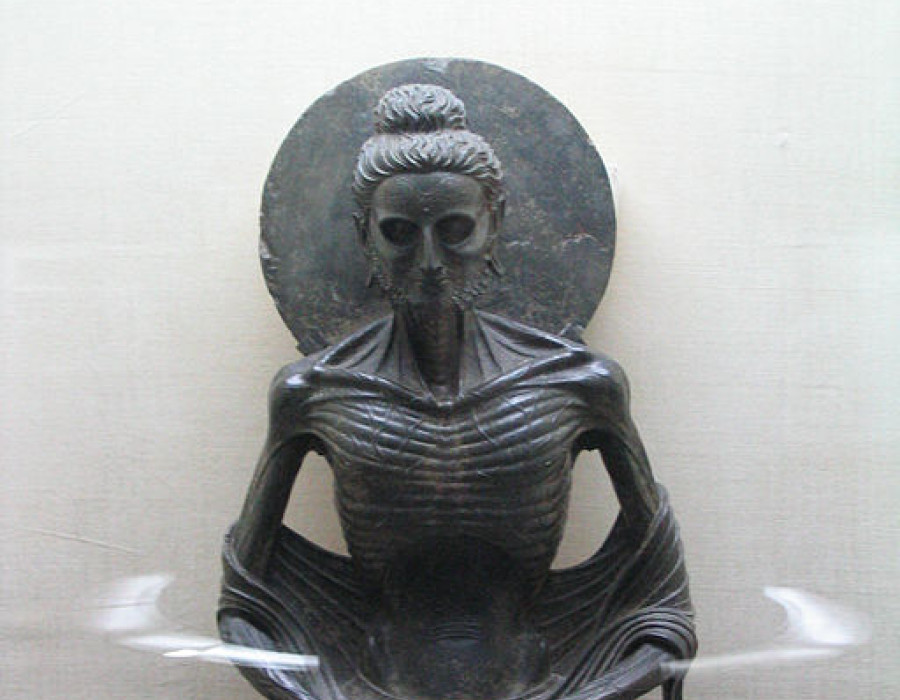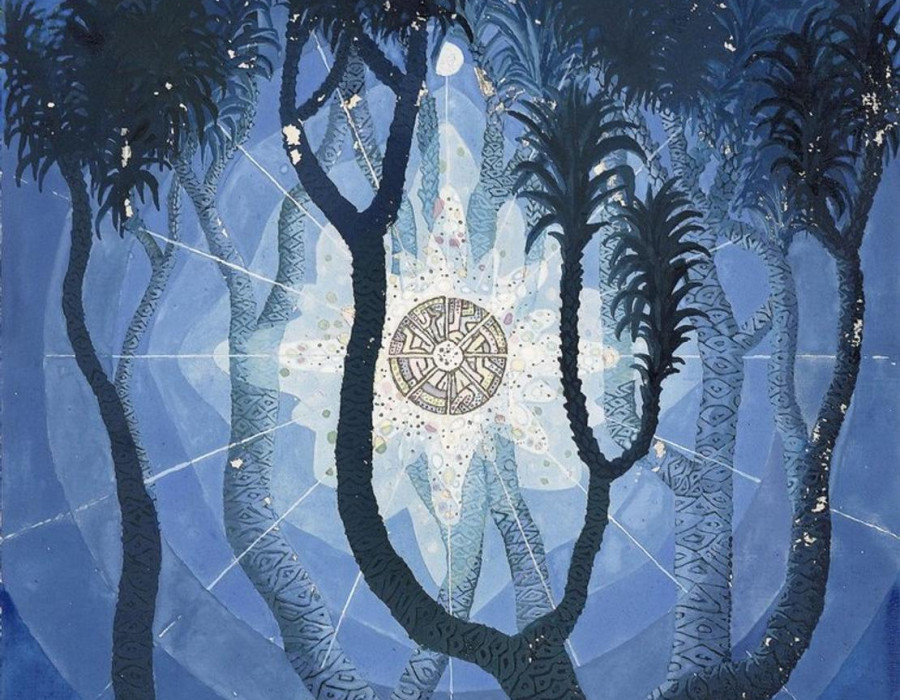
Martin Goodson
Sitting Under the Bodhi Tree
From Miraculous Birth to The Buddha's Enlightenment.
Our story moves into its final act when the Great Bodhisattva, having now abandoned the ascetic life, makes his seat under the Tree of Awakening. It is a time of great challenges where the power of the Buddha-Heart can be realised.
_(20664107918),_Ficus_religiosa.jpg)
Nature printed leaf, showing shape and venation
Having now left behind his teachers and the ascetic practices the Great Bodhisattva made a comfortable seat and settled himself down under a pipal tree, which became known as the Bodhi Tree or Tree of Awakening.
He had recalled a time from his youth when, being left to his own devices during a ploughing ceremony, he had fallen into a deep samadhi.
This memory re-surfaced at a critical time during the ascetic period and inspired him to try this simple practice from long ago as a possible way out of suffering.
Now starts the final leg of the long, long journey to Buddhahood for the great being.
If we take into account the many birth stories, called the Jataka Tales, then this journey started many long aeons ago. Now, finally we come to the culmination of all that effort.
Buddhism makes a great play on the long period of time it takes to achieve Buddhahood and it may be worth pondering why?
As we saw from the ascetics it is all too easy to get caught up in ‘my attainments’ and equally easy to lose heart when things do not happen as quickly as I would like. Like a straw fire, some students burn brightly at the beginning but quickly burn out when things do not happen fast enough.
Buddhism places emphasis on each step of the way rather than looking to end states or to achievements. The presence of the ‘here and now’ is extinguished by yearning for end results and so these too must be laid down as just another accessory of ‘I’.
Placing the aim so far into the future means there can be no reliance on it, and therefore it can be let-go of as we go deeper into the moment. In fact, what we discover is that this end result is only a thought.
The length of time he sat under what become known as the Bodhi Tree (Tree of Awakening), varies in different tellings but most authorities say it was seven days and seven nights.
It is because of this that in Chan/Zen monasteries the first week of December (the dark winter month), sees the Great Rohasu sesshin which commemorates the event.
This is a particularly harsh sesshin with very little sleep, in the great cold with intensive interviews (sanzen) and it is particularly gruelling. For an account of what it is like, interested readers are referred to ‘The Zen Way’ by Irmgard Schloegl (Myokyo-ni).
I remember Ven. Myokyo-ni once saying that during her first Rohatsu sesshin, after about three days any working on the koan had pretty much dropped off due to lack of sleep but that she needed something to keep her going. So she developed a little mantra:
‘Dead men have no wishes.”
She said that this kept her going for a few more days but that by the final two days even that did not cut it so she altered her mantra to:
‘Dead men have no wishes and no thoughts!’
And this saw her through.

